Anne Rush
Artists in Schools Projects - 2008 Digital Stories
Maitai School Collaboration with Anne Rush: Sensory Panel Fence
About Maitai Special School
Maitai School is a specialist centre catering for students with a wide range of special needs. The student population is drawn from the wider Nelson region. The main school is located on the banks of the Maitai River, close to the centre of the city. To assist mainstream inclusion, satellite classes are located at Auckland Point and Victory Schools.
Students at Maitai range in age from 5 to 21. The school has 33 students, with around half being primary aged and half secondary aged. Many of the students are on the Autistic spectrum and need encouragement to engage with the world around them.
The teaching and support staff is trained to work with students with a variety of learning, social, behavioural, and physical difficulties. Specialist therapy services are made available to meet specific needs. Student programmes are individualised and based on extensive consultation with parents and professionals. Emphasis is placed on providing for communication, social, physical, and essential care needs, with The New Zealand Curriculum principles included as appropriate.
Project Context
At Maitai School, staff and students were faced with a large blank fence that encircles the school playground. Principal Diane Whyte, playground designer Lyn Cadenhead, artist Anne Rush, and technician Sam Laidlaw collaboratively conceived an initiative that involved the creation of a series of sensory panels that would be attached to the fence, allowing students the opportunity to interact with these. Anne worked with Sam to design and construct the multi-sensory (tactile, auditory, olfactory and visual) panels.
Children with autism frequently do not engage with others or their environments unless they are encouraged to do so. Sensory experiences improve co-ordination and cause and effect skills, and are ideal for encouraging exploration and developing self-esteem. In 1997, the Journal of Intellectual Disability Research published research that showed how lights, textures, sounds and smells could relax people with severe and profound intellectual disability and reduce aggression.
Other research, such as that on the behavioural effects of long-term multi-sensory stimulation published in the British Journal of Clinical Psychology in 1998, has continued to underline the benefits of multi-sensory environments. The White Top Research Unit at the University of Dundee, Scotland, carried out extensive research in 1999, which showed that multi-sensory rooms can benefit a wide range of clients, including children with disabilities, special needs, autism, and mental health issues, as well as the elderly.
Regular school playgrounds are not stimulating for many students and they often withdraw into themselves and/or exhibit challenging behaviours when they are outside during break times. By providing sensory experiences for the students, break times become calm and students settle into a frame of mind that facilitates learning.
Funding was applied for from the Ministry of Education's Artist in Schools scheme with an initial project length of four weeks. However, the project extended to twelve weeks, and as of December 2008, only the first stage of the project - 35 panels - have been completely installed and are being fully utilised by students. Further funding was granted by the school to allow the project to take on a mind of its own. The second and most interactive 36 panels will be installed in early 2009 once a concrete path that will allow students in wheelchairs to gain access to them has been laid.
Relationship to The New Zealand Curriculum
Students at Maitai School learn through experiencing hands on activities. Through dance, drama, music-sound arts and visual arts, they experience success and satisfaction, and barriers to learning are lessened. As stated in the curriculum document: 'Learning in, through and about the arts stimulates creative action and response by engaging and connecting thinking, imagination, senses and feelings.'
A major aim of the project was to provide a rich sensory area in the playground that would encourage independence in the students - an area that the students would want to access by themselves without the adult intervention that is so much a part of their everyday life. The school theme for 2008 was 'Play'. Designing and building the sensory panels encompassed all curriculum areas and the key competencies.
In 2008, the school was part of the Well-being contract with the major focus being the building of resiliency in students, teachers and families. The school's values are underpinned by resilience theory. Involvement in the Active Schools programme complemented the cross-curricular theme, providing opportunities for both literacy and numeracy learning. The project was viewed as a way to further community links and strengthen relationships with families, and in doing so, strengthen the hauora of the community.
The Sensory Fence
The Sensory Fence is divided into two sections: The Queen's Garden Fence and the Maitai River Fence. Painted Marine Plywood panels (1780 mmx 600mm) were individually block painted using 33 different base colours. The designs were then attached or painted over these base colours. The colours were selected from the spectrum of the colour wheel.
The brief for the Queen's Garden Fence ( the one pictured throughout) was to be a colourful tactile mural. Over-layed materials include various marine mattings, silver metal, tiger turf, soft colourful durable brushes, PVC vinyl, clear shag pile PVC bathmat, plastic insects, bike reflectors, CD rack holders and highly textured industrial drainage material.
The brief for the Maitai River panels was to be highly interactive panels that encompassed all the senses. Materials were sourced from a wide range of outlets but most frequently encompassed industrial products that were used in the marine and building industries. Although, some treasures were found at the $2.00 Shops, Trade Aid, The Warehouse and hardware stores.
The panels have been designed to subtract and add elements as materials weather or need to be refreshed. However one of the most important challenges was to find enough variation in materials that were deemed to be durable to give a range of sensory experiences and have a continuity of design that worked very close up and from a more distant vantage point in the playground to create a harmonious whole.
On completion, the sensory fence will have 71 panels, with a huge range of activities for the students to try. The panels already installed have attracted a lot of attention from the school's students who enjoy the bright colours and unusual texture.
http://southern-artists-in-schools.wikispaces.com/Maitai+School


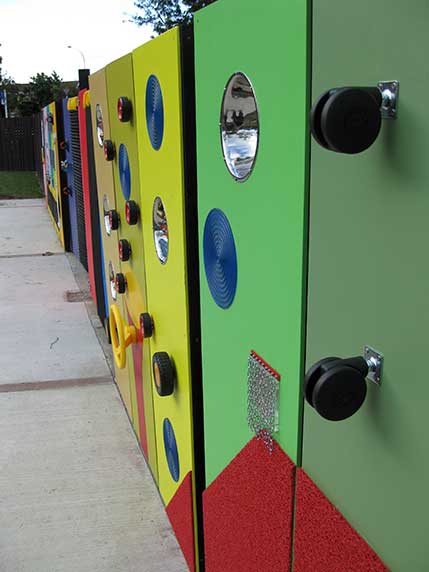
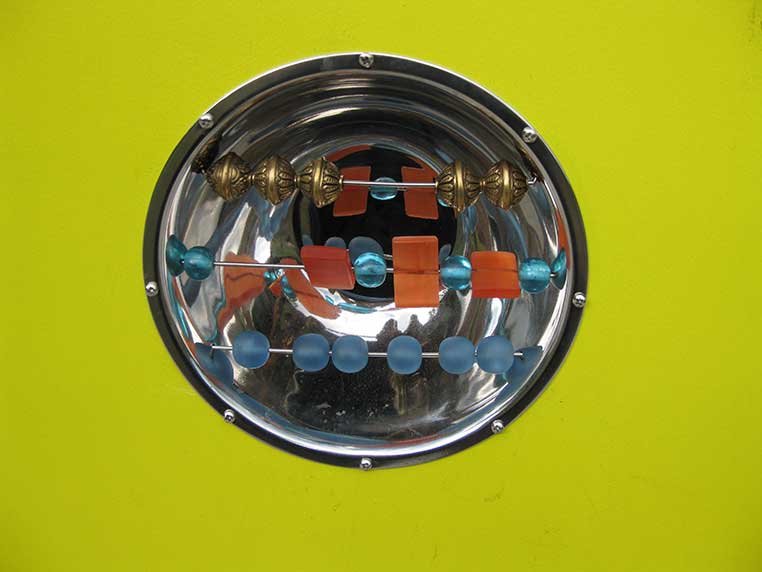
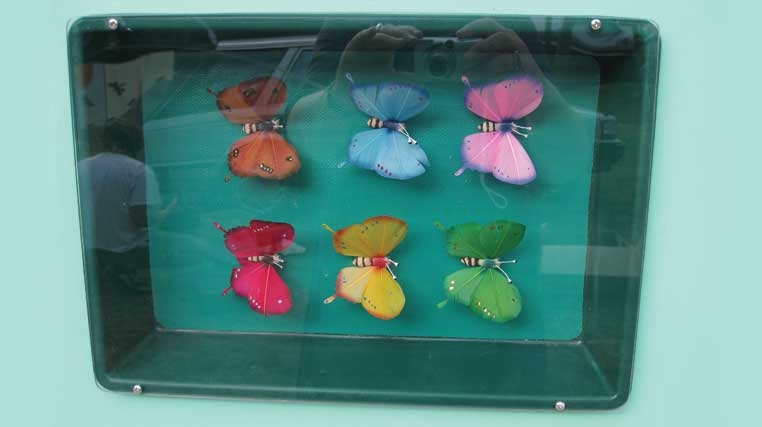
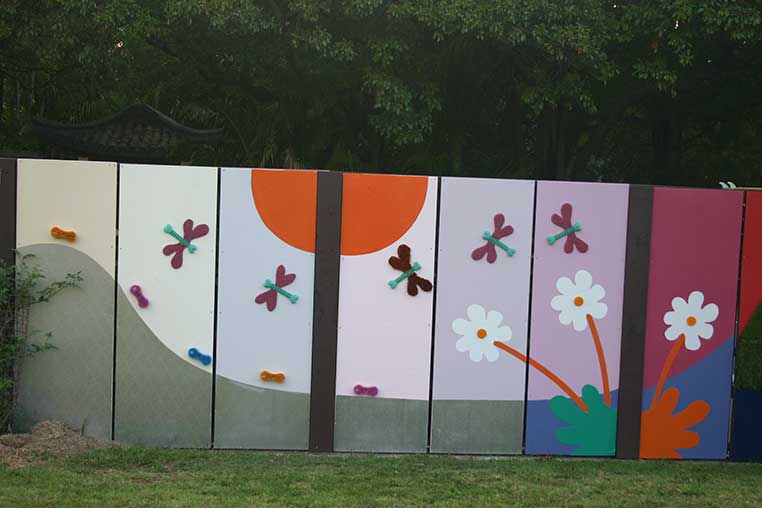
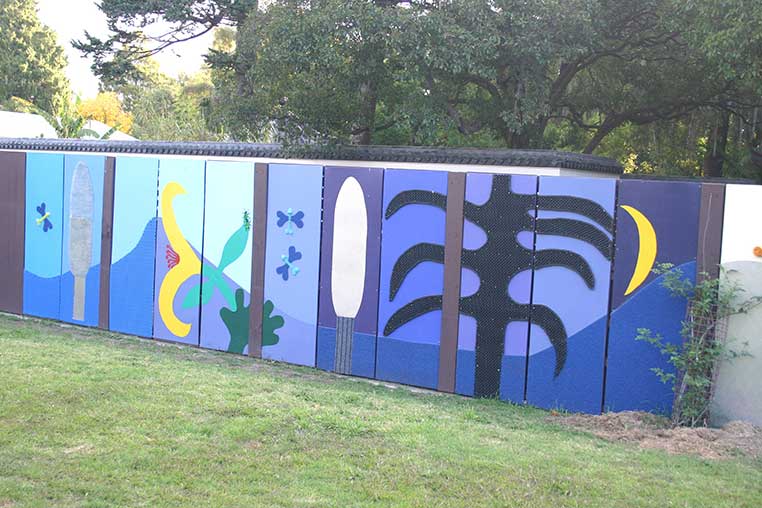

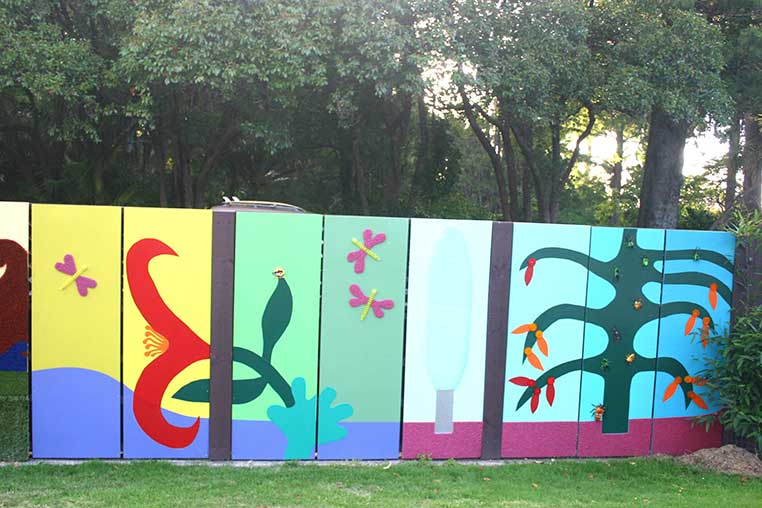
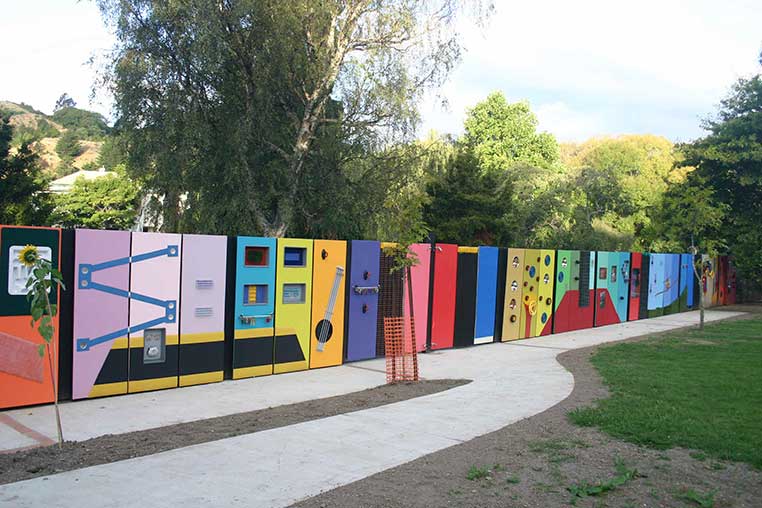
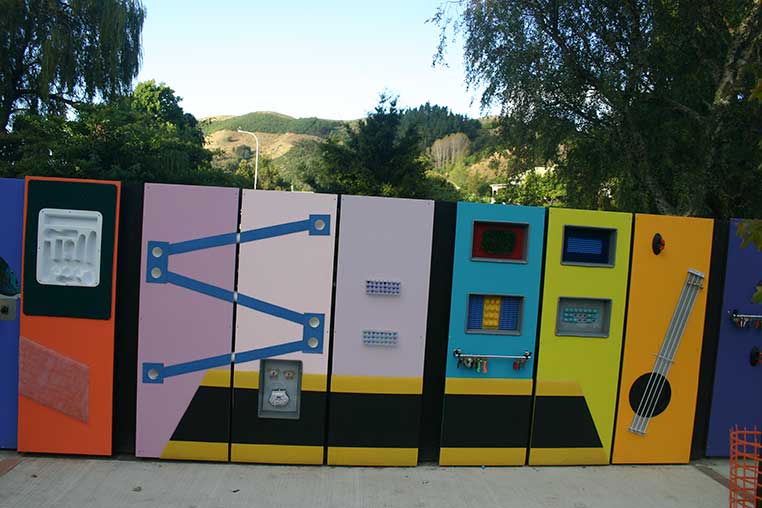
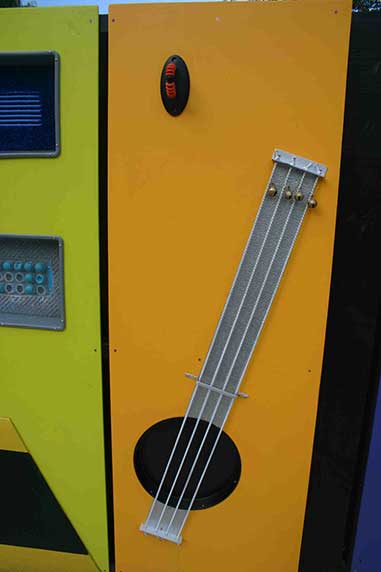
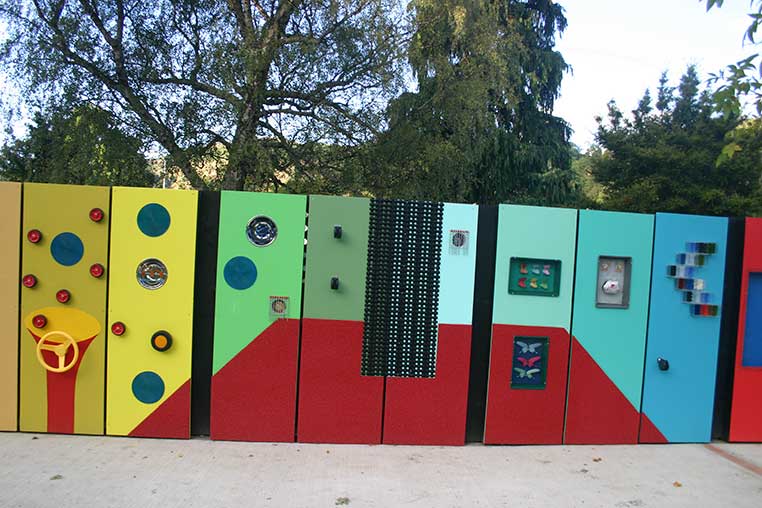
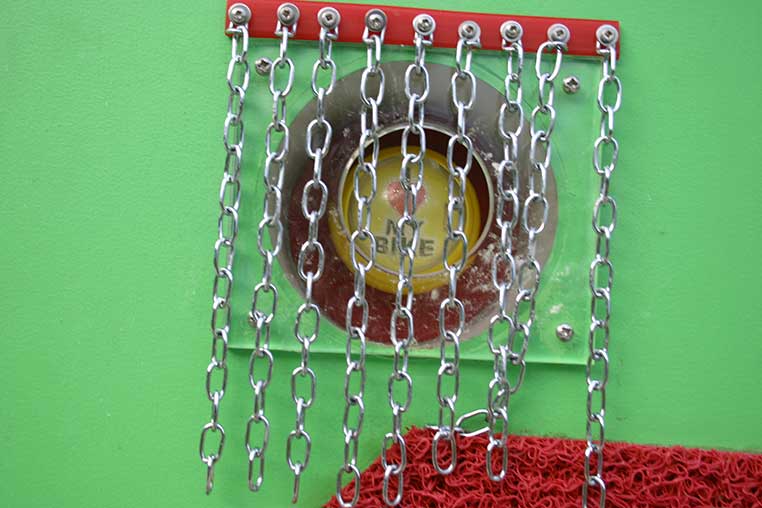
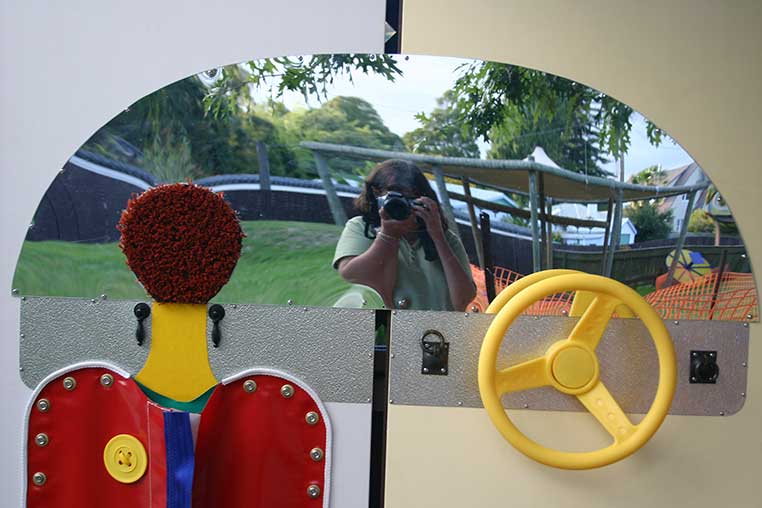
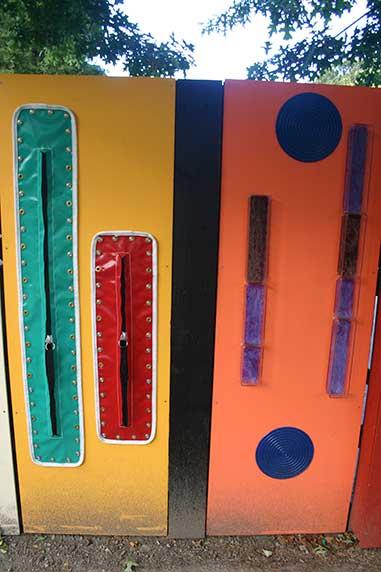
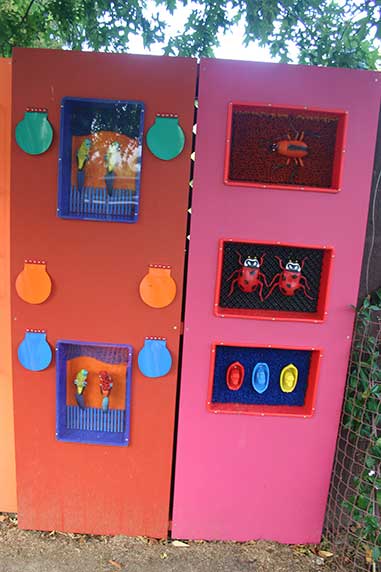
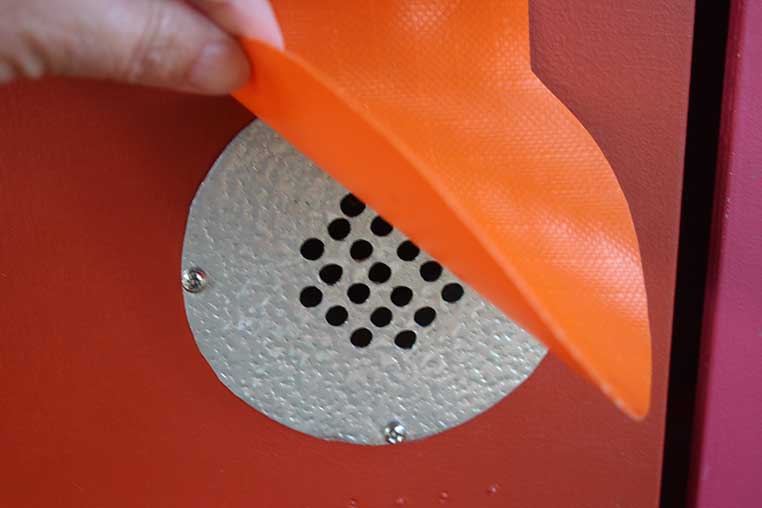
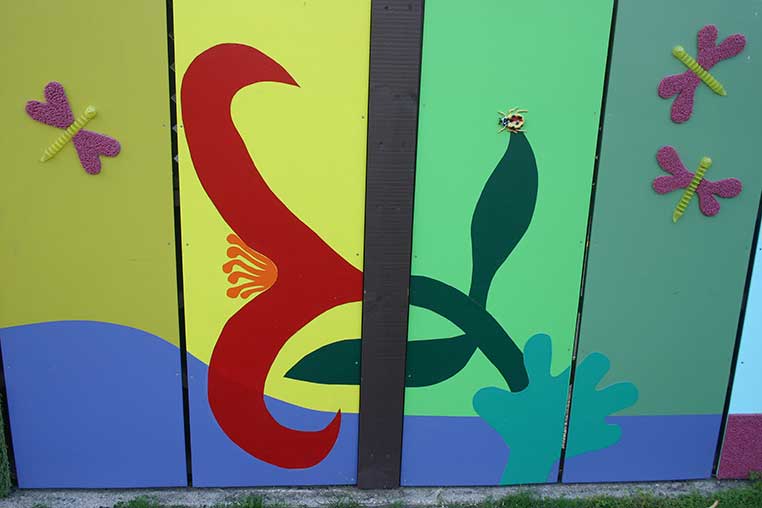
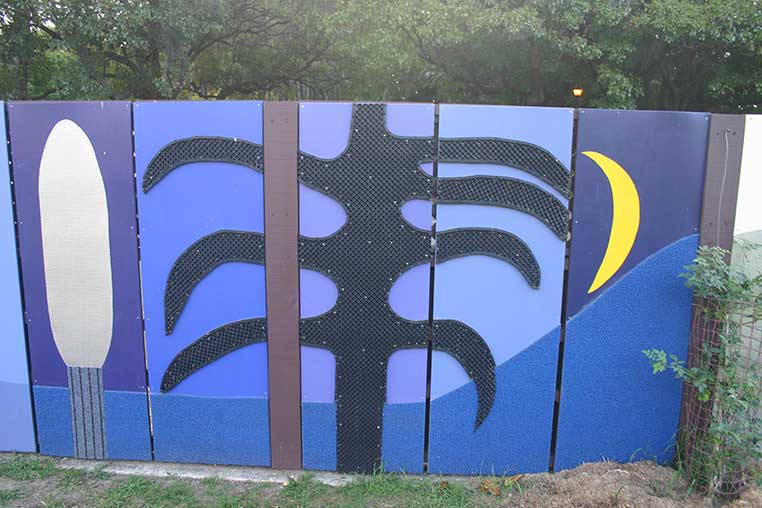
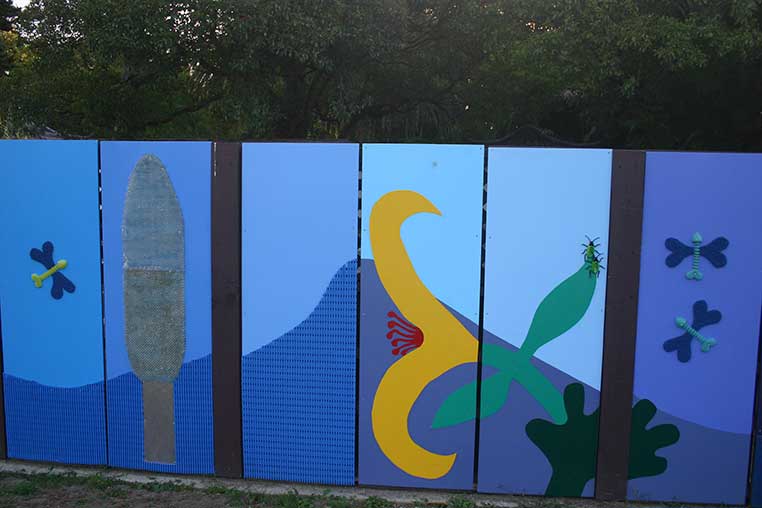
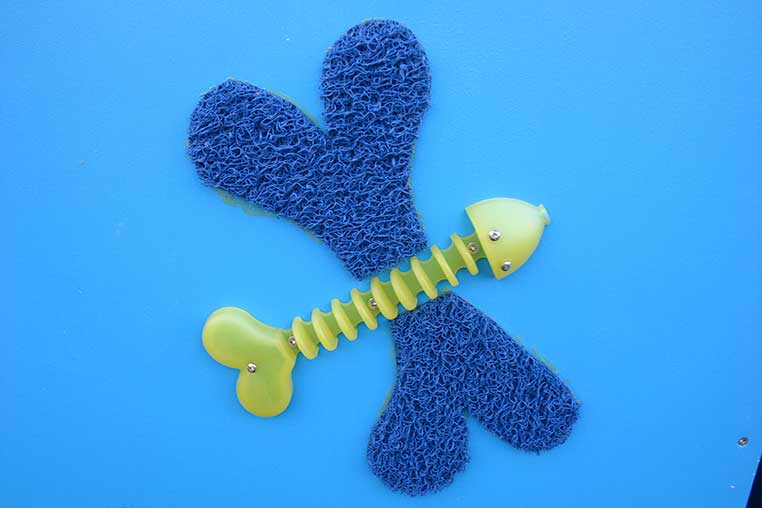
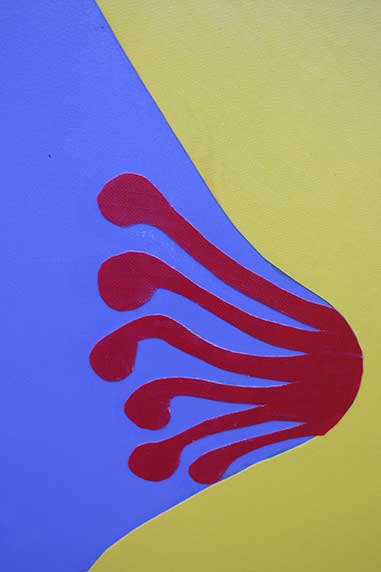
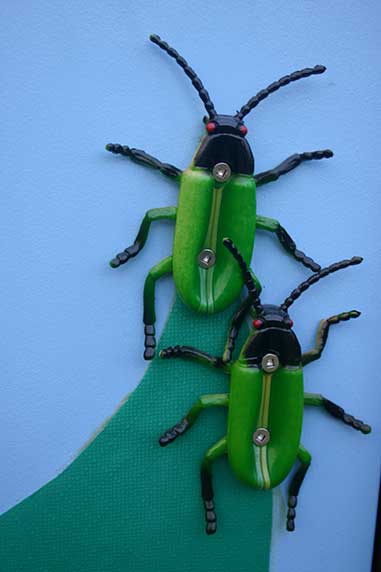
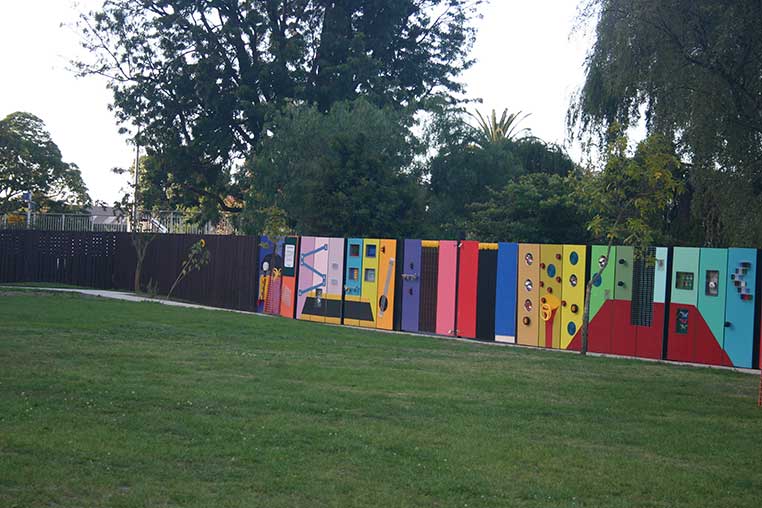
Maitai School
Maitai School
Maitai School
Maitai School
Maitai School
Maitai School
Maitai School
Maitai School
Maitai School
Maitai School
Maitai School
Maitai School
Maitai School
Maitai School
Maitai School
Maitai School
Maitai School
Maitai School
Maitai School
Maitai School
Maitai School
Maitai School
Maitai School
Maitai School
Maitai School
1 - 25
<
>